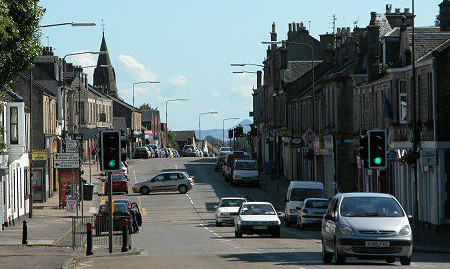
A competition to celebrate Britain’s High Streets isn’t expected to bring any economic benefits to the winners.
The Great British High Streets contest, run by the Department for Communities and Local Government (DCLG), cost £7,000 with judges running up expenses on visits to 21 towns and cities.
The winners in seven categories, including Broxburn in West Lothian, were lauded at a ceremony in the House of Commons last week. Belper in Derbyshire was overall winner.
However, a document seen by The Sunday Post have called into question the point of the competition.
The document states: “It wasn’t part of the objectives to create an economic boost for entrants or winners.”
Entrants spent time and money preparing their winning bids and the DCLG forked out more than £7,000 on the stunt including paying to put two judges up in Glasgow while they visited the Scottish finalists, nearly £130 in taxi fares and a grant running to thousands of pounds to the Association of Town and City Management.
A DCLG spokesman said: “The aim of was to showcase the best of what has been happening in our high streets. It is intended to inform and enthuse other areas to replicate their success, while showing every town centre is different.”

Enjoy the convenience of having The Sunday Post delivered as a digital ePaper straight to your smartphone, tablet or computer.
Subscribe for only £5.49 a month and enjoy all the benefits of the printed paper as a digital replica.
Subscribe